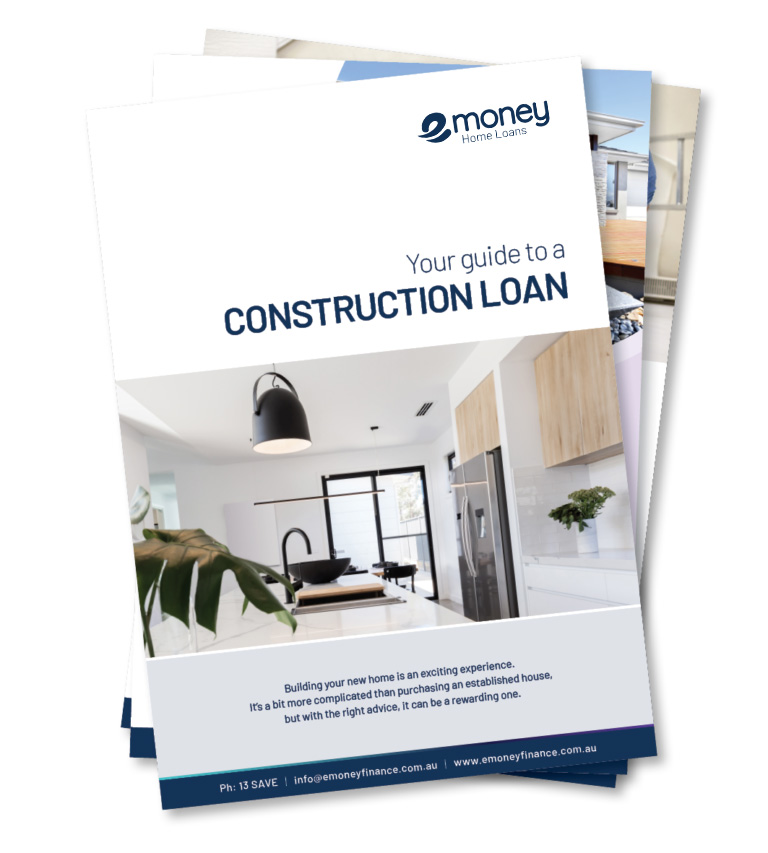
If you’re a homeowner who has been enjoying the stability and predictability of a fixed-rate home loan, you might find yourself at a crossroads when the fixed-rate period comes to an end. At emoney Home Loans, Australia’s leading home loan lender with over 26 years of experience and partnerships with powerful banks and lenders, we understand that this transition can be daunting. However, this is also an opportunity to reassess your financial situation and make informed decisions about your mortgage. In this blog, we’ll guide you through the process of what to do when your fixed-rate home loan expires, offering valuable insights and tips to help you navigate this critical phase.
1. Evaluate Your Current Financial Situation
As the fixed-rate period ends, it’s essential to assess your current financial situation. Take a close look at your income, expenses, and any changes in your employment or personal circumstances. Analysing these factors will provide you with a clear picture of what you can afford and help determine the best course of action moving forward.
2. Review the Mortgage Market
With the end of your fixed-rate term approaching, it’s the perfect time to explore the current mortgage market. Interest rates might have fluctuated during the fixed period, and new loan products could have emerged. Conduct thorough research or consult with a qualified mortgage broker to understand the current offerings and find a suitable solution that aligns with your financial goals.
3. Consider Refinancing Options
One of the most common actions homeowners take when their fixed-rate home loan expires is refinancing. Refinancing allows you to secure a new loan, potentially with a lower interest rate, improved terms, or additional features that suit your current needs. With emoney Home Loans’ expertise, you can explore a wide range of refinancing options tailored to your preferences.
4. Negotiate with Your Current Lender
Don’t overlook the power of negotiation. As a valued customer, you have the opportunity to negotiate with your current lender for a more favourable deal. With emoney Home Loans’ reputation and experience, our team can help you navigate this process and potentially secure improved terms with your existing lender.
5. Prepare for Interest Rate Fluctuations
If you decide to remain with your current lender or choose another fixed-rate home loan, it’s crucial to prepare for potential interest rate fluctuations. Unlike a fixed-rate term, variable-rate loans are subject to market changes, which can impact your monthly repayments. Ensure you have a financial buffer to absorb any potential rate hikes and to maintain financial stability throughout the loan term.
6. Explore Split Rate Home Loans
For those seeking a balance between security and flexibility, a split-rate home loan could be an ideal solution. This type of loan divides your mortgage into two portions: one with a fixed interest rate and the other with a variable interest rate. This strategy can provide stability and protect you from immediate rate fluctuations while allowing some room for market benefits.
7. Seek Expert Financial Advice
Navigating the end of a fixed-rate home loan can be complex, and it’s essential to make well-informed decisions. Seeking advice from qualified financial professionals, like the experts at emoney Home Loans, can prove invaluable during this critical phase. Our team can provide personalised recommendations based on your unique circumstances, ensuring that you make the best choice for your financial future.
Conclusion
As your fixed-rate home loan term approaches its end, it’s crucial to be proactive and explore your options wisely. At emoney Home Loans, our 26 years of experience and partnerships with powerful banks and lenders make us the ideal partner to guide you through this process. Whether you choose to refinance, negotiate, or explore split-rate home loans, taking thoughtful steps will help secure your financial stability and set you on a path towards a thriving mortgage journey.
Disclaimer: Please note that the information provided in this article is for informational purposes only and should not be considered as financial advice. Every individual’s financial circumstances are unique, and it’s crucial to seek personalised advice from professionals before making any investment decisions.

First Home Buyer's Guide
Enter your email address for instant access to our handy First Home Buyer's ebook.

Construction Loan Guide
Building a new home. Find out about the construction loan process.

